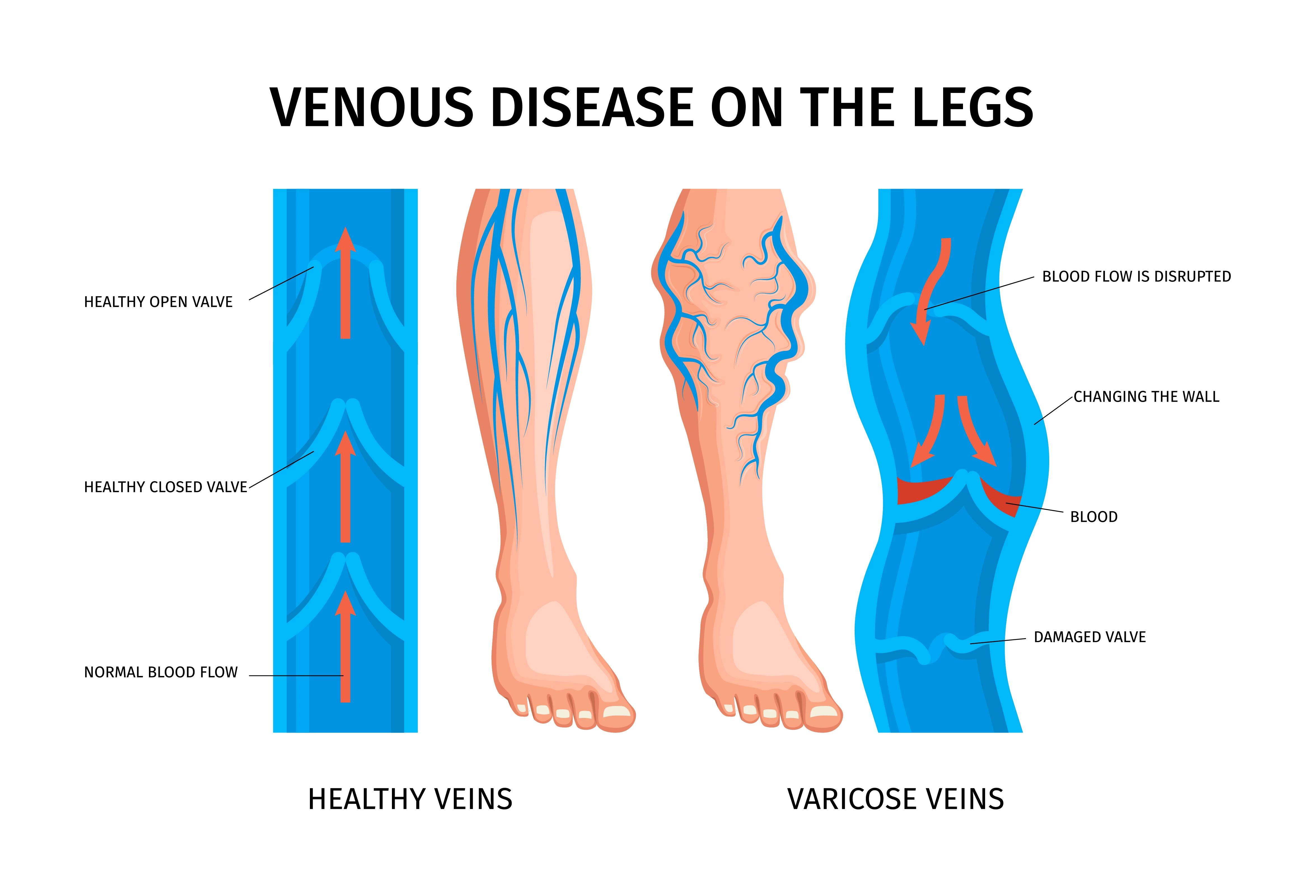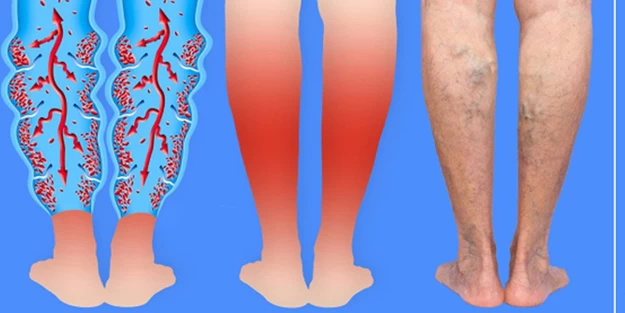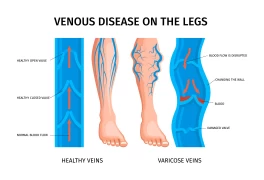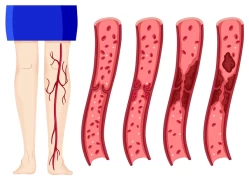
Recovery Processes After Varicose Veins Treatment
- Recovery Processes After Varicose Veins Treatment
- Varicose Veins Treatment Medical Procedures
- Things to Consider Immediately After Varicose Surgery
Varicose veins are swollen, twisted veins that can form in the legs and feet. It is a common condition that can cause pain, discomfort, and a host of other symptoms. Varicose veins can be seen in everyone, but it is more common in women and people over 50.
There are several treatment options for varicose veins, including lifestyle changes, medications, and medical procedures. The most appropriate treatment for an individual will depend on the severity of their condition, the presence of any underlying health conditions, and their personal preferences.
lifestyle changes
Making some lifestyle changes can often help improve the symptoms of varicose veins. These may include:
Exercising regularly: Physical activity can help improve circulation, which can help reduce the appearance of varicose veins.
Wearing compression stockings: These are specially designed stockings that apply pressure to the legs, helping to improve blood circulation and reduce the appearance of varicose veins.
Losing weight: Carrying excess weight can put additional pressure on veins in the legs, so losing weight can help reduce the appearance of varicose veins.
Avoiding standing or sitting for a long time: Standing or sitting for a long time can cause blood to accumulate in the veins, which can lead to the development of varicose veins. Taking regular breaks to move can help improve circulation.
Raising the legs: Raising the legs above the level of the heart can help improve blood circulation and reduce the appearance of varicose veins.
medicines
There are several medications that can be used to treat varicose veins. These include:
Anti-inflammatory drugs: Non-steroidal anti-inflammatory drugs (NSAIDs) can help reduce inflammation and swelling in the veins.
Venoactive medications: These medications can help improve circulation and reduce the appearance of varicose veins.
Diuretics: Diuretics can help reduce swelling in the legs and feet, which can improve the appearance of varicose veins.
Varicose Veins Treatment Medical Procedures
There are several medical procedures that can be used to treat varicose veins. These include:
Sclerotherapy: This procedure involves injecting a solution into the affected vein that causes the vein to collapse and close. Over time, the vein will disappear.
Laser therapy: Laser therapy involves using a laser to close the affected vein. It is a minimally invasive procedure that is usually performed on an outpatient basis.
Radiofrequency ablation: This procedure involves using a small catheter to deliver radiofrequency energy to the affected vein, which causes the vein to close. It is a minimally invasive procedure that is usually performed on an outpatient basis.
Endoscopic vascular surgery: This procedure involves using an endoscope (a thin, flexible tube with a camera) to remove the affected vein. It is a minimally invasive procedure that is usually performed on an outpatient basis.
Open surgery: In some cases, conventional surgery may be required to remove the affected vein. This is a more invasive procedure and typically requires a longer recovery time.
It is important to note that varicose veins may recur after treatment, even if the underlying cause is eliminated. In some cases, more than one treatment may be required to achieve the desired results.
prevention
There are several steps that can be taken to help prevent the development of varicose veins:
Exercise regularly: Regular physical activity can help improve circulation and reduce the risk of developing varicose veins.

Things to Consider Immediately After Varicose Surgery
After varicose vein surgery, you will be taken to a recovery room where you will be monitored for any complications or problems. You will likely be given a compression garment to wear on your leg to reduce swelling and promote healing. It is important to wear this garment as directed by your doctor to ensure the best possible healing.
You will also be given pain medication to help manage any discomfort you may experience. It is important to take this medicine as directed to ensure that you are comfortable and rested during your recovery.
Your leg may ache and swell for the first few days after surgery, and you may also experience some bruising. This is normal and should resolve on its own over time. You should avoid standing or walking for long periods of time and try to keep your leg elevated to reduce swelling.
recover at home
After you are discharged from the hospital or operating room, you will need to continue your recovery at home. Here are some tips for taking care of yourself during this time:
Stay calm: It is important to rest and allow your body to recover after surgery. Avoid standing or walking for long periods of time and try to keep your leg as high as possible. You may also want to avoid strenuous activities and heavy lifting for the first few weeks after surgery.
Follow your doctor's instructions: Your doctor will give you specific instructions for caring for your leg after surgery. It is important to follow these instructions carefully to ensure a smooth and successful recovery. This may include wearing a compression garment, taking pain medication, and avoiding certain activities.
Keep the incision clean: If you have a surgical incision, it is important to keep the incision clean and dry to prevent infection. You should gently wash the incision with soap and water as recommended by your doctor and cover the area with a bandage until it heals.
Watch for signs of infection: It is normal to have some swelling, redness and discharge at the incision site after surgery. However, if you experience severe swelling, redness or discharge accompanied by fever or chills, you may have an infection and should contact your doctor immediately.
Gradually return to your normal activities: You can gradually return to your normal activities as you start to feel better. However, it's important to listen to your body and not push yourself too hard. If you feel any discomfort or pain, take a break and rest.
Wear compression stockings: Your doctor may recommend it to you.



